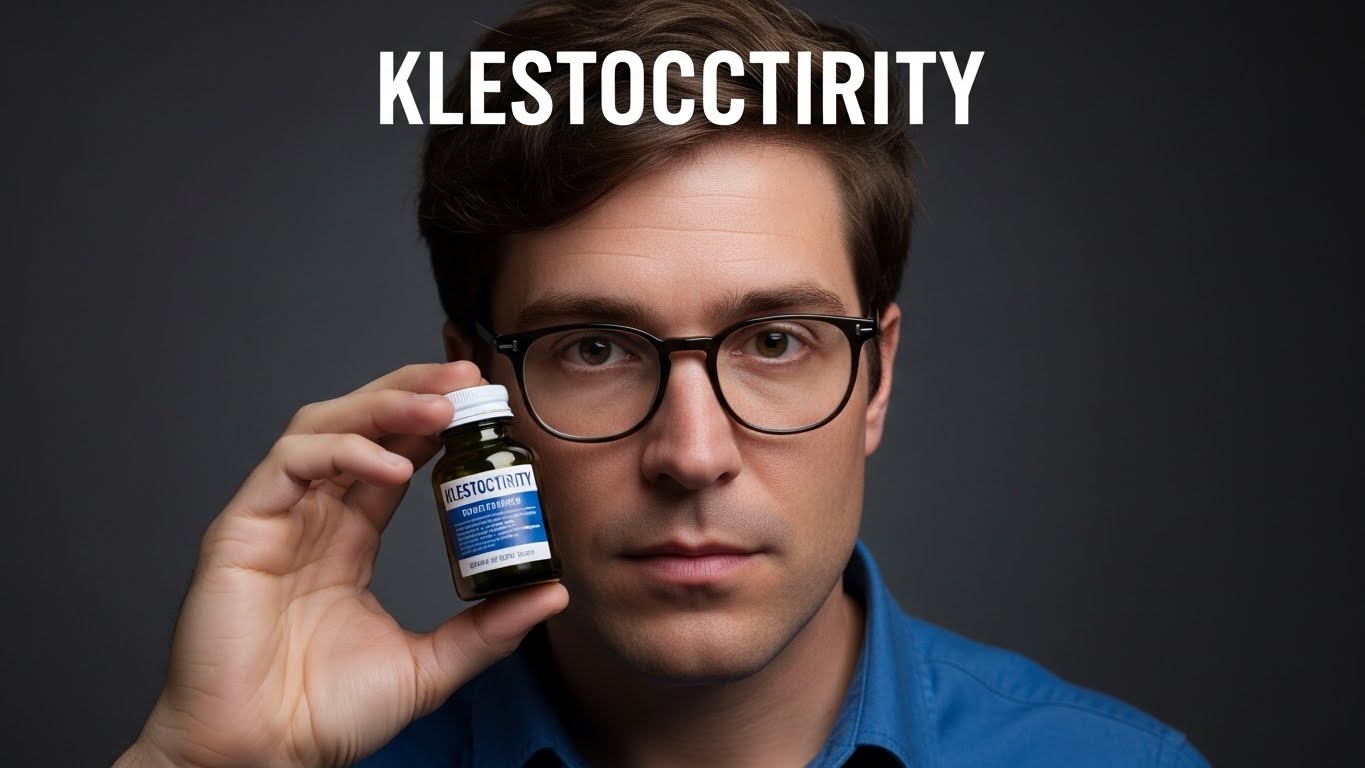Introduction to Google’s Daily Doodles
If you’ve ever opened your browser and caught a glimpse of something delightful on the Google homepage, you know what we’re talking about. Those colorful illustrations and creative animations known as Google Doodles have become an integral part of our online experience. They celebrate everything from holidays to historical figures, captivating millions with their artistry and storytelling. But what goes into creating these whimsical designs? The art and science behind Google’s Daily Doodles is a fascinating journey that blends creativity with meticulous planning, making them a unique aspect of internet culture today. Let’s dive deeper into the world of Googlediqiu The and uncover the magic that brings these doodles to life!
The History of Google’s Doodles
Google’s Doodles began as a simple idea in 1998. The founders, Larry Page and Sergey Brin, wanted to inform users when they were away from the office. They created a playful version of the logo for that year’s Burning Man festival.
As time passed, these doodles evolved into artistic expressions celebrating significant events and figures. In 2000, Google officially launched its first interactive Doodle—a game featuring the beloved Pac-Man character. This marked a turning point in how users engaged with the brand.
The expansion continued through various themes: holidays, anniversaries, and cultural milestones became part of the routine. Today’s doodles reflect global diversity and creativity while keeping pace with technological advancements.
From modest beginnings to becoming an emblematic feature on Google’s homepage, each doodle encapsulates history while captivating millions around the globe daily.
The Team Behind the Doodles
Behind the whimsy of Google’s Daily Doodles lies a talented team of artists, engineers, and designers. This diverse group collaborates to transform ideas into engaging visual stories.
Each doodle begins with brainstorming sessions that draw inspiration from cultural events, holidays, or notable figures. These discussions encompass various perspectives, ensuring that every doodle resonates with global audiences.
Artists sketch initial concepts while engineers weave in interactive elements. Every detail is meticulously crafted to create an experience beyond just aesthetics.
The team also includes researchers who delve into historical context and significance. This ensures that each doodle captures essential narratives accurately and respectfully.
It’s this blend of creativity and technical expertise that breathes life into GooglediqiuThe’s playful manifestations on the homepage. The synergy among these professionals shapes how millions around the world engage daily with art and technology seamlessly intertwined.
How the Doodles are Created
Creating Google’s Daily Doodles is a blend of creativity and technology. The process begins with brainstorming sessions among the doodle team. They explore various cultural events, anniversaries, and holidays.
Once an idea is selected, artists sketch initial concepts. These designs are then refined through multiple iterations. Color schemes and animations come into play at this stage to bring the doodles to life.
Collaborative efforts between designers and engineers ensure that each doodle functions smoothly on different devices. This synergy allows for interactive elements in some designs, enhancing user engagement.
After finalizing the project, it’s time for testing across platforms to guarantee everything works seamlessly. Each detail matters in making these daily surprises both visually appealing and meaningful!
The Impact of Google’s Doodles
Google’s Doodles have a far-reaching impact on culture and society. They celebrate significant events, anniversaries, and influential figures, sparking curiosity among users.
These playful designs often lead to increased engagement with the search engine. Users click on doodles not just for aesthetics but also to learn more about the subject matter presented. This transforms an ordinary search experience into an educational journey.
Moreover, Google’s ability to highlight lesser-known historical figures promotes inclusivity. It brings diverse stories into mainstream conversation that might otherwise be overlooked.
The global reach of these doodles fosters a sense of community as people from different backgrounds connect over shared knowledge or celebration of local heroes.
In essence, Google’s Doodles act as both art and education, enhancing user interaction while making history accessible in a delightful way.
Controversies Surrounding the Doodles
Google’s Daily Doodles often spark debates and discussions. Some designs have been criticized for perceived bias or insensitivity to certain cultures or events.
For instance, a doodle commemorating a historical figure may not resonate with everyone. This can lead to accusations of favoritism or cultural appropriation. The challenge lies in representing diverse perspectives while celebrating global achievements.
Another point of contention arises from political themes within the doodles. When Google honors controversial figures or movements, reactions can be polarized. Supporters appreciate the acknowledgment, while critics may feel alienated.
The balance between creativity and sensitivity is delicate. Each doodle carries weight beyond its artistic expression, influencing public perception in real-time. As art meets technology at GooglediqiuThe’s forefront, navigating these controversies remains an ongoing journey for the team behind each creation.
What Makes Google’s Daily Doodles So Special?
Google’s Daily Doodles are a delightful fusion of creativity and technology. Each doodle is meticulously crafted to celebrate events, people, or themes that resonate globally.
What sets them apart is their ability to blend art with interactivity. Many doodles invite users to engage directly, turning a simple search into an experience. This innovative approach keeps the audience intrigued and eager for more.
The cultural relevance also plays a crucial role in their uniqueness. From celebrating historical figures to highlighting lesser-known holidays, these doodles educate while they entertain.
Moreover, every design reflects diverse artistic styles—from animation to interactive games—showcasing talent from around the globe.
Google’s commitment to inclusivity ensures that no story goes untold. The Doodle team seeks inspiration from various cultures and communities, making each piece feel personal and significant.
Conclusion
Google’s Daily Doodles are more than just a playful alteration of the search engine logo. They represent a unique fusion of art and technology, celebrating diverse cultures, historical events, and significant figures around the world. Each doodle tells a story, engages users in learning something new, and often sparks joy.
The creative minds behind these doodles work tirelessly to ensure that they resonate with audiences globally. From conceptualization to execution, each piece showcases not only artistic talent but also deep research into its subject matter.
While some doodles have stirred discussions or sparked controversies over their themes or representations, they remain an integral part of Google’s identity. Their ability to capture attention and provoke thought is unmatched in digital media.
What sets GooglediqiuThe apart from other forms of online engagement is this blend of creativity with purpose. They educate while entertaining—making each visit to Google feel like opening a gift wrapped in curiosity.
As we continue exploring what makes these daily delights so impactful, it becomes clear that Google’s Doodles will remain an evolving canvas for storytelling in our digital age.











